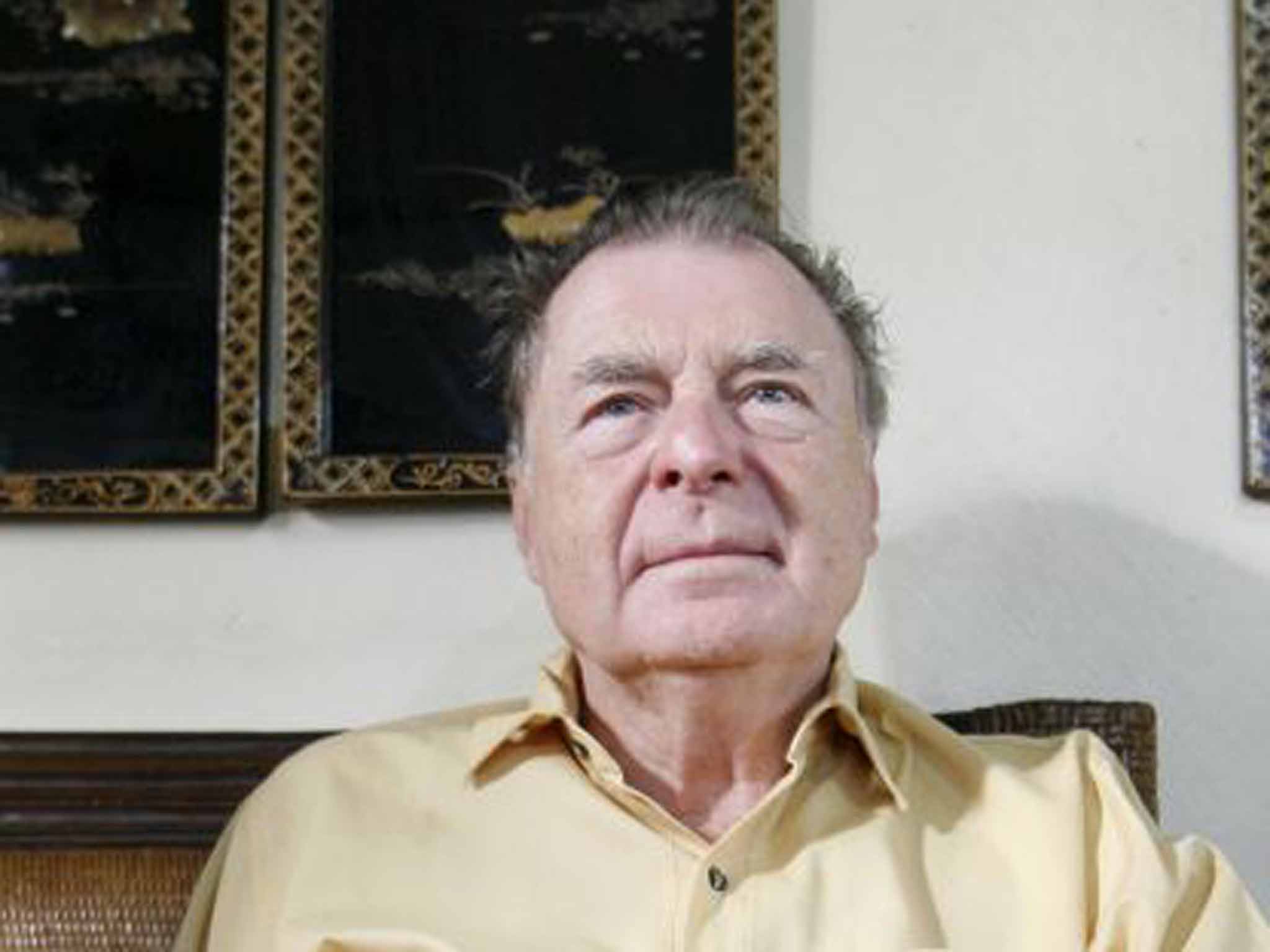Professor Richard Heck: Nobel Prize-winner whose work fights cancer and protects crops
He became interested in plant nutrients and pigments when his family moved to a barren lot in California

Your support helps us to tell the story
From reproductive rights to climate change to Big Tech, The Independent is on the ground when the story is developing. Whether it's investigating the financials of Elon Musk's pro-Trump PAC or producing our latest documentary, 'The A Word', which shines a light on the American women fighting for reproductive rights, we know how important it is to parse out the facts from the messaging.
At such a critical moment in US history, we need reporters on the ground. Your donation allows us to keep sending journalists to speak to both sides of the story.
The Independent is trusted by Americans across the entire political spectrum. And unlike many other quality news outlets, we choose not to lock Americans out of our reporting and analysis with paywalls. We believe quality journalism should be available to everyone, paid for by those who can afford it.
Your support makes all the difference.Richard Heck designed a method of building complex molecules that has helped fight cancer, protect crops and make electronic devices. Heck, whose interest in plants as a child led him to a career in chemistry, shared the Nobel Prize for chemistry in 2010.
In a 2012 speech, Heck said he came from humble beginnings, the son of a department store salesman and a housewife in a suburb of Massachusetts. He said he became interested about nutrients and pigments in plants when his family moved to a new home on a barren lot in California.
“I had never thought the simple work of planting an empty yard would bloom and peak into an achievement of the noblest honour in the world of science,” he said. “I find my meaning as a scientist in what I have been able to make of my country, in what I have been able to contribute to significantly better the lives of peoples across cultures and societies.”.
Heck and his co-winners, Ei-ichi Negishi and Akira Suzuki, designed their technique to bind together carbon atoms, a key step in assembling organic compounds used in medicine, agriculture and electronics. Carbon atoms are normally shy about pairing up; the winning approach was to use atoms of the metal palladium to encourage carbon atoms to bond.
The technique, called palladium-catalysed cross-coupling, was easier to carrier out than previous methods and the Nobel committee cited it as “one of the most sophisticated tools available to chemists today (and) vastly improved the possibilities of chemists to create sophisticated chemicals.”
Richard Fred Heck, chemist: born Springfield, Massachusetts 15 August 1931; married Socorro Nardo (died 2012); died Manila 10 October 2015.
Join our commenting forum
Join thought-provoking conversations, follow other Independent readers and see their replies
Comments